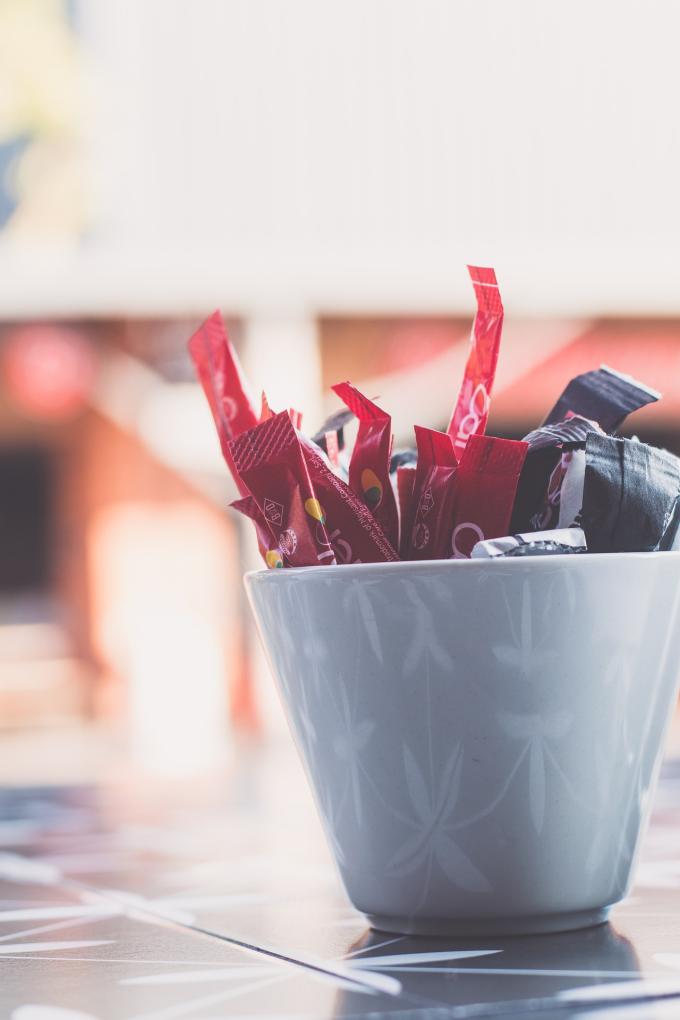
Almost 855bn sachets are used globally each year, containing single portions of everything from ketchup and vinegar to face cream, shampoo, and laundry detergent. Plastic sachets are tricky to recycle because they contain layers of plastic film, so the vast majority end up in landfill or as litter.
Sachets in numbers
-
855 billion – The number of plastic sachets used around the world each year. Their use is concentrated in South East Asia, where many people can’t afford full size bottles of products like shampoo or washing detergent
-
189 – If the world’s annual haul of plastic sachets were laid end-to-end, they could stretch to the moon 189 times
-
500-1,000 years – The length of time it will take for a sachet to decompose. Most end up in landfill, or are blown into the sea adding to marine plastic pollution.
-
1 trillion – If sachet use continues along current trends, this is how many the world will be using by 2030
Instead of providing single-use sachets, provide larger bottles of condiments for customers to use before they take their food away.
If you do use condiment sachets, only give them out to customers who request them.
If you are using condiment bottles, try to keep them and refill them from a larger dispenser.
- Alternatives -
Biodegradable and Recyclable sachets
Pros:New biodegradable sachets made from seaweed have now been developed. Sachets from one supplier, Notpla, can be disposed of in kitchen food waste bins or home compost bins, where they will break down in as little as 4-6 weeks. There are also recyclable sachets available, for example those developed by SnappD, which are easy to collect, sort and recycle.Cons:The sachets are more expensive than conventional plastic sachets and have a shorter shelf life.Suppliers:Notpla, SnappDRecycling:Seaweed sachets are placed in food waste or compost bins to biodegrade, or they can go in normal waste bins. Recyclable sachets can be disposed of in home recycling bins.Condiment Dispensers and Biodegradable Pots
Pros:Instead of providing single-use sachets, refillable bottles or dispensers can be provided for people to put condiments onto their food before taking it away. If needed, small paper pots can be used alongside these bottles and dispensers.Cons:Bottles that sauces are provided in may still create plastic waste.Suppliers:Simply Eco PackagingRecycling:Paper pots can be composted and dispensers can be reused.